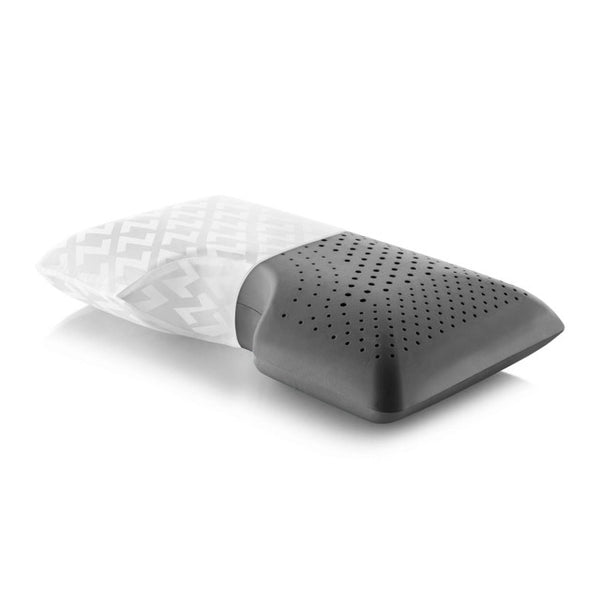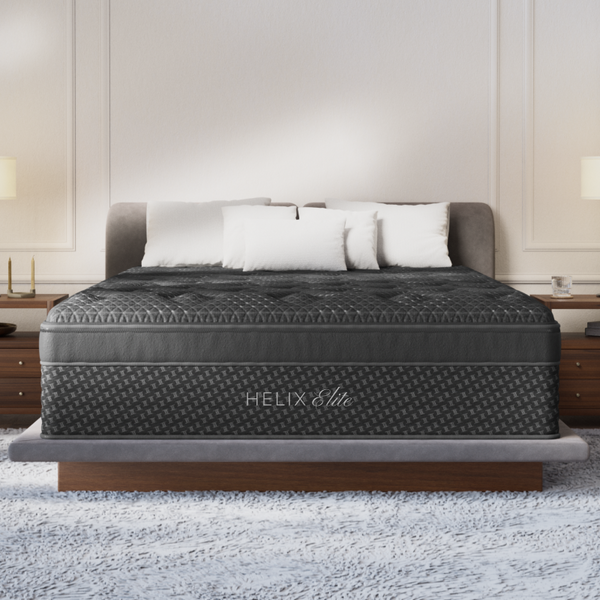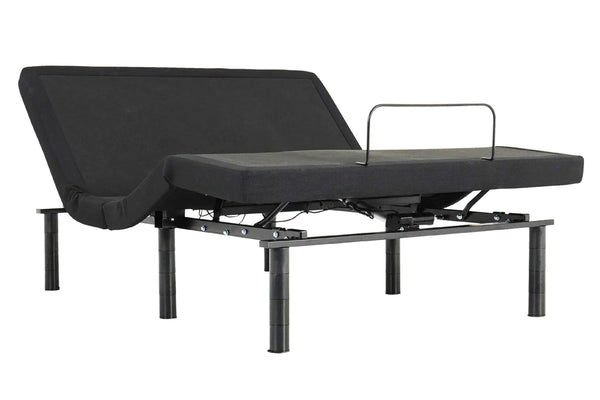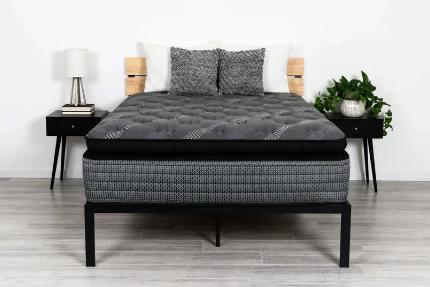
Frequently Asked Questions
1. What is a mattress warranty?
2. What are the two main types of mattress warranties?
3. What does a typical mattress warranty cover?
4. What are common exclusions in mattress warranties?
Buying a new mattress is an exciting adventure, often leading to improved sleep and a better quality of life. However, amidst the joy of choosing the perfect mattress, it's crucial not to overlook the mattress warranty. Understanding the nuances of mattress warranties can protect your investment and ensure that you receive the best possible sleep experience. This comprehensive guide will delve into mattress warranty basics, crucial factors every buyer should know, and tips to make the most of your warranty.
Understanding Mattress Warranties
A mattress warranty is essentially an agreement between the manufacturer and the consumer regarding the quality and durability of the mattress. It serves to protect buyers from defects and malfunctions, ensuring that they receive a product that lives up to its promises. However, not all warranties are created equal, and understanding the differences is vital for making a wise purchase decision.
Types of Mattress Warranties
Mattress warranties typically come in two main types: limited warranties and full warranties. Here's a brief overview of the distinctions:
- Limited Warranties: These are the most common type and cover specific defects like sagging or manufacturing flaws but usually come with a time frame. Limited warranties often require proof of proper care and maintenance.
- Full Warranties: While less common, full warranties provide broader coverage, often replacing the mattress if it fails. However, they might come with conditions that could limit their effectiveness.
What Does a Mattress Warranty Cover?
Understanding what your mattress warranty covers can save you time and money. Here are the standard inclusions found in most mattress warranties:
Common Coverage Areas
- Manufacturing Defects: This includes issues such as visible flaws, stitching defects, and any faults that affect the overall functionality of the mattress.
- Sagging: A sagging mattress can significantly affect sleep quality. Most warranties cover sagging that exceeds a certain depth, usually around 1 to 1.5 inches.
- Loss of Support: Over time, a mattress may lose its firmness. Warranties may cover loss of support if combined with other defects.
- Cover Issues: If your mattress comes with a removable cover, warranty coverage might include defects related to that element as well.
What Isn’t Covered by Mattress Warranties?
While it's essential to understand what is covered under a warranty, equally important is knowing what is not covered. Here are some common exclusions found in most warranties:
Typical Exclusions
- Normal Wear and Tear: Most warranties do not cover deterioration due to normal usage, such as softening or compression of foam.
- Damage Due to Improper Use: If the mattress is not used according to the manufacturer's instructions, any related issues will typically not be covered.
- Certain Stains: Many warranties may void coverage if the mattress has stains or damage caused by spills or accidents.
- Third-Party Damage: Damage caused by other items, such as bed frames, can lead to denial of warranty claims.
How to Claim Your Mattress Warranty
Filing a warranty claim can seem daunting, but understanding the proper steps can simplify the process. Here’s a step-by-step guide to help you navigate your warranty claim:
From Awareness to Action
- Review the Warranty Document: Start by reading your warranty to familiarize yourself with the coverage and conditions.
- Document the Issue: Take photographs of the defects and keep a written record to support your claim.
- Contact Customer Service: Reach out to the retailer or manufacturer’s customer service for guidance. They may require specific information regarding your purchase and the issue at hand.
- Provide Necessary Proof: You may need to provide proof of purchase, warranty details, and photos to support your claim.
- Follow Up: Be proactive in following up on your claim to ensure it is properly processed and that you receive updates.
Maintaining Your Mattress to Keep the Warranty Valid
After locking in your warranty, maintaining your mattress becomes essential. Proper care not only prolongs the life of your mattress but also helps ensure that the warranty remains in effect. Here are some tips for keeping your mattress in the best shape:
Maintenance Tips
- Use a Mattress Protector: Protect your mattress from stains, spills, and allergens by using a waterproof mattress protector.
- Rotate Regularly: It's generally recommended to rotate your mattress every three months to promote even wear.
- Avoid Excessive Weight: Be mindful of weight limits on the mattress to reduce wear and tear.
- Follow Care Instructions: Follow specific cleaning and care guidelines provided by the manufacturer to keep your mattress in optimal condition.
The Importance of Keeping Documentation
One of the easiest ways to safeguard your warranty is by keeping all documentation organized. This includes your purchase receipt, warranty card, and any correspondence related to your mattress. Having these records readily available can expedite the warranty claim process and eliminate any potential disputes.
Stay Organized
Consider creating a file or folder dedicated to your mattress documentation. This could include:
- Your purchase receipt and confirmation email
- The warranty document with any highlighted sections regarding claims
- Your correspondence with the retailer or manufacturer
Extensions and Upgrades: What You Need to Know
Many manufacturers offer the option to purchase extended warranties or service plans. These plans can cover additional issues outside the standard warranty terms. However, before you opt for an extension, evaluate the following:
Pros and Cons of Extended Warranties
- Pros: Peace of mind, especially on expensive mattresses. Can cover additional risks that the standard warranty might not.
- Cons: Additional costs may not be worthwhile if your mattress is made with quality materials. Often duplicates coverage already in place.
Buying Smart: Key Takeaways for Mattress Shoppers
Your mattress is not only a significant investment but also plays a major role in your health and wellbeing. To make the most of your investment, here are some important takeaways to keep in mind:
- Educate Yourself: Read and understand the warranty before making a purchase.
- Ask Questions: Don’t hesitate to engage with sales representatives regarding warranty details and coverage limitations.
- Take Care of Your Mattress: Regular maintenance will enhance longevity and warranty validity.
- Document Everything: Keep all paperwork organized to support any future claims.
Sleep Soundly, Worry Less
Purchasing a mattress should never come with the anxiety of potential defects or the fear of a voided warranty. By comprehensively understanding mattress warranties, knowing what to cover, what to exclude, and following the right steps to maintain your mattress, you can enjoy the peace of mind that comes with effective coverage. So take the plunge into a cozy new mattress, knowing well that you are protected and informed. Sweet dreams await, and with the right knowledge, you can rest easy.
Check out another user's Shopify or Wix store by clicking this store link. Note that this is a promotional link, and we assume no liability for the content of the linked store.









